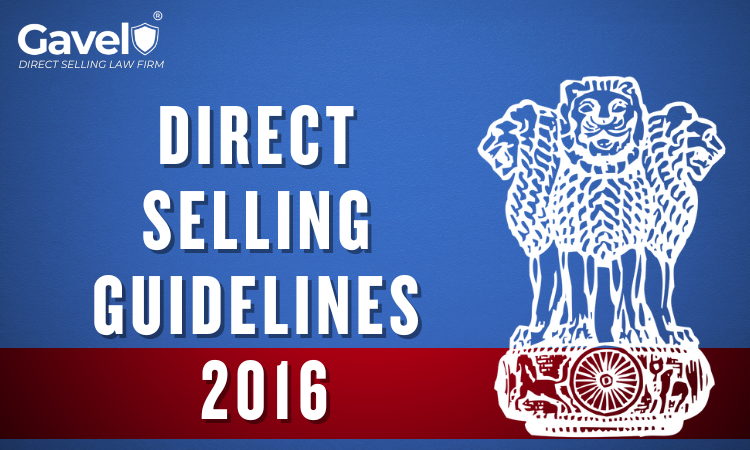India’s First Step to Regulate Direct Selling
The Direct Selling Guidelines 2016, issued by the Ministry of Consumer Affairs, were India’s first official attempt to bring structure to the growing direct selling industry. These guidelines aimed to protect consumers, curb fraud, and define ethical business practices for direct selling companies and sellers.
Read Also – Is Direct Selling Legal in India?
Why Were They Introduced?
Before 2016, many fake MLM and pyramid schemes were running under the garb of direct selling. These guidelines helped separate legitimate direct selling companies from illegal money circulation schemes.
Key Features of the Guidelines:
- Ban on Pyramid Schemes: Companies cannot operate or promote chain-recruitment models.
- Mandatory Written Contract: Direct Sellers must have a formal agreement with the company.
- Grievance Redressal System: Every direct selling company must appoint a nodal officer to handle consumer complaints.
- Transparency: Websites must clearly display product info, return/refund policy, and contact details.
- 30-Day Return Policy: Consumers must be allowed to return products within 30 days.
- No Misleading Claims: Companies and sellers are banned from making fake income or product claims.
Still Relevant Today? Yes. While these guidelines were not legally binding, they paved the way for the Consumer Protection (Direct Selling) Rules, 2021, which are now the enforceable law.
Read Also – Direct Selling Rules 2021 – IN ENGLISH
Conclusion:
The Direct Selling Guidelines 2016 were a milestone in building a safe and structured environment for India’s direct selling industry. They helped build trust, ensure ethical practices, and protect both consumers and genuine sellers.
Looking for legal support in Direct Selling compliance? Gavel Law Firm is here to help. Contact us – gavellawfirm.in

